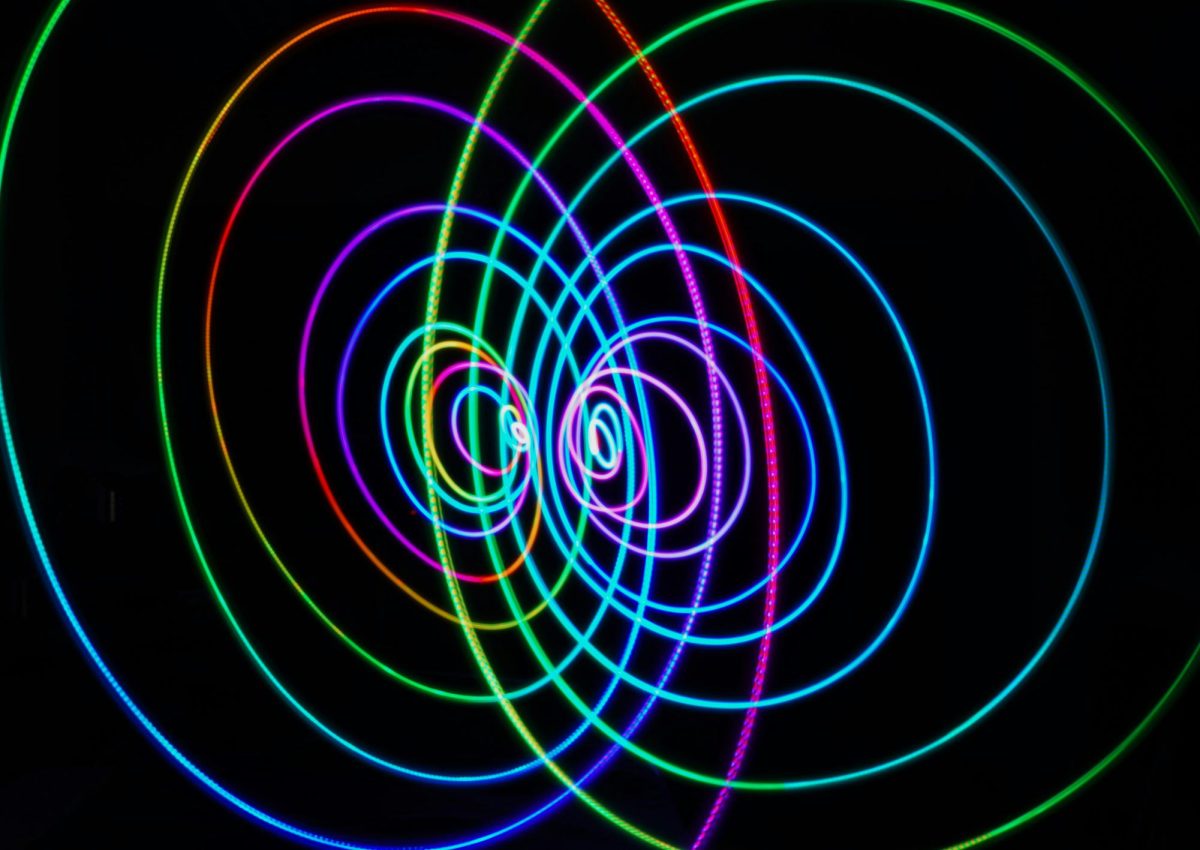12,994 – this is the number of individual satellites orbiting Earth. And the number keeps growing, for good reason: they are a vital part of our public safety, communication, and navigation systems. Many of them are sent out together to work as a system, forming “mega-constellations” – groupings of hundreds of satellites. With clusters this large, damage to the data collection of telescopes and other astronomical equipment is practically unavoidable.
In May 2019, SpaceX launched their Falcon 9 rocket, which contained more than 50 satellites for their new broadband Wi-Fi network. The satellite’s bright trails could soon be seen on telescoping images around the world. This is just one of the many examples where satellites have “photobombed” telescoping images in recent years.
While at first, only a few hundred satellites were visible to the naked eye, nowadays, some of them shine brighter than some stars. This has several reasons. Firstly, the sheer quantity of satellites present in Earth’s orbit (especially the mega-constellations in Low-Earth Orbit, such as the one launched by SpaceX) makes them much more noticeable in the night sky. To allow them to keep cool even at sunlight exposure, satellites are often covered in reflective materials. Combined with their at times low orbits (orbits from 200-1,200 km above the Earth’s surface) they reflect more sunlight, making them more visible.
All these factors contribute to their higher visibility to the naked eye, and to observational and radio equipment.
The interference by satellite flares can block celestial objects, such as stars and planets, from telescope data, which could lead to a bias in datasets. While detecting patterns in sky surveys, contaminated data can significantly skew astronomers’ results. Additionally, for many transient events (e.g. supernovae or gamma-ray bursts), overlapping flares could lead to a loss of this data forever. Photometry, a technique used to measure the brightness of light emitted by different bodies, is also negatively affected by satellite reflectivity. The artificial spike in brightness by the flare can introduce bias into the measurements, skewing results and messing with the equipment’s calibration.
As a response to concerns by the scientific community, SpaceX decided to take action and solve the problem by switching to a deployable solar visor, which would block sunlight reflecting off of their brightest parts. However, this posed a bigger challenge than they had anticipated – as it was found that this technology would lead to overheating.
Other ways of mitigating satellite reflectivity are, for example, placing them at higher orbits as satellites in Low Earth Orbits are more visible from Earth, or coating them with a dark film.
While satellites have offered our society many benefits, it is time to start acknowledging – and fixing – their weaknesses. Their reflective nature can be a major disturbance to the field of astronomy, possibly stunting our advancements in research. If we don’t want to miss out on supernovae, gamma-ray bursts, asteroids & co, it is paramount that research and industry work together to ensure satellites and accurate scientific measurements can coexist.






